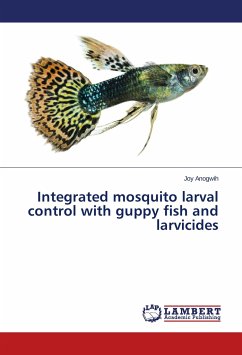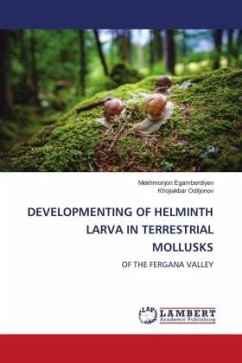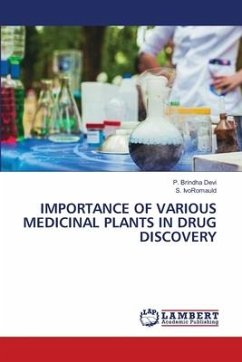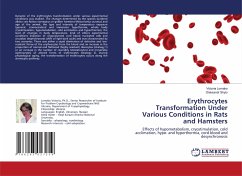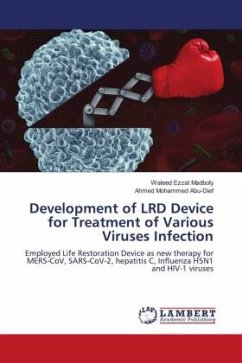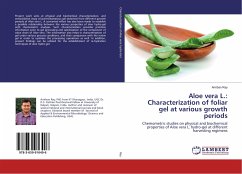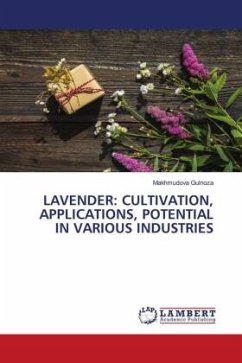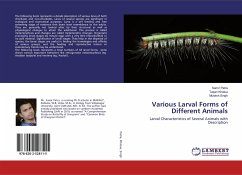
Various Larval Forms of Different Animals
Larval Characteristics of Several Animals with Description
Versandkostenfrei!
Versandfertig in 6-10 Tagen
36,99 €
inkl. MwSt.

PAYBACK Punkte
18 °P sammeln!
The following book represents a details description of various larva of both chordates and non-chordates. Larva of several species are significant in ecological and economical purposes. Larva is a self feeding and free swimming stage of existence that bears least resemblance to the adults. They are generally not looked after by their structural as well as physiological changes to attain the adulthood. The process is called metamorphosis and changes are called metamorphic changes. Organisms processing larval stages lay minute eggs with a very little (microlecithal) or no yolk material. Signific...
The following book represents a details description of various larva of both chordates and non-chordates. Larva of several species are significant in ecological and economical purposes. Larva is a self feeding and free swimming stage of existence that bears least resemblance to the adults. They are generally not looked after by their structural as well as physiological changes to attain the adulthood. The process is called metamorphosis and changes are called metamorphic changes. Organisms processing larval stages lay minute eggs with a very little (microlecithal) or no yolk material. Significance of larval stages: They help in the dispersal of species, the larval stages are useful in finding the homologies and affinity of various groups, and the feeding and reproductive nature or evolutionary trends may be understood. The following book represents a total numbers of 63 larval forms, some shows various important behaviors like retrogressive metamorphosis (eg. Ascidian tadpole) and neoteny (eg. Axolotl).



